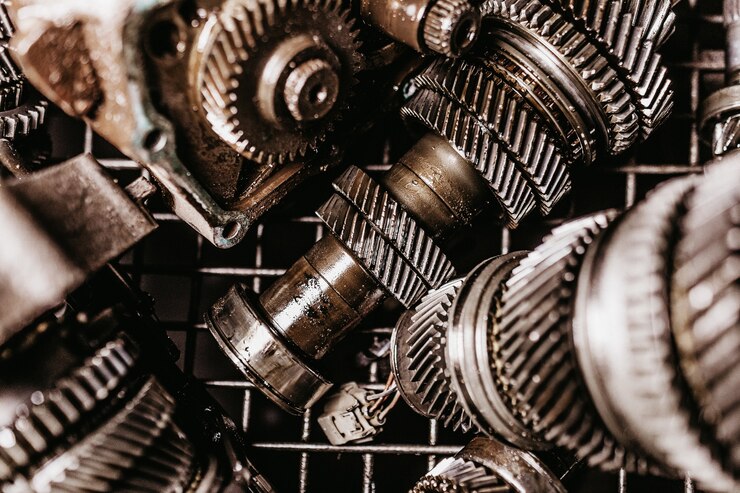The gearbox, or transmission, is a critical component of any vehicle, responsible for transmitting power from the engine to the wheels while enabling the driver to control speed and torque. Understanding the various types of car gearboxes is essential for drivers and enthusiasts alike, as each type offers unique benefits and characteristics. From manual to automatic, and continuously variable transmissions (CVTs), let’s explore the different types of car gearboxes you must know about:
1. Manual Transmission:
Manual transmissions, also known as “stick shifts,” require the driver to manually shift gears using a clutch pedal and gear shifter. This traditional gearbox offers direct control over gear selection, providing a more engaging driving experience and greater fuel efficiency for those proficient in manual shifting.
2. Automatic Transmission:
Automatic transmissions eliminate the need for manual gear shifting by using a hydraulic torque converter to automatically change gears based on engine speed, vehicle speed, and throttle position. This gearbox type offers convenience and ease of use, making it ideal for drivers who prefer a more relaxed driving experience.
3. Dual-Clutch Transmission (DCT):
Dual-clutch transmissions combine elements of manual and automatic transmissions, featuring two separate clutches for odd and even gears. DCTs enable lightning-fast gear changes, resulting in smoother acceleration and improved fuel efficiency compared to traditional automatic transmissions.
4. Continuously Variable Transmission (CVT):
CVTs use a system of belts, pulleys, and cones to provide an infinite number of gear ratios, seamlessly adjusting to optimize engine performance and fuel economy. CVTs offer smooth acceleration and improved efficiency but may lack the engaging driving feel of manual or DCT transmissions.
5. Automated Manual Transmission (AMT):
AMTs are essentially manual transmissions with an automated shifting mechanism, eliminating the need for a clutch pedal. This gearbox type offers the convenience of automatic shifting with the fuel efficiency benefits of manual transmissions, making it a popular choice in some markets.
6. Sequential Manual Transmission (SMT):
Sequential manual transmissions allow drivers to manually shift gears without a clutch pedal, similar to a racing gearbox. This gearbox type offers precise gear selection and quick shifts, making it popular in performance-oriented vehicles and motorsports applications.
7. Torque Converter Transmission:
Torque converter transmissions, commonly found in automatic vehicles, use a fluid coupling to transfer power from the engine to the transmission. This gearbox type offers smooth operation and is well-suited for heavy-duty applications such as towing.
8. Electric Vehicle Transmission:
Electric vehicles (EVs) utilize a single-speed transmission or direct-drive system to transfer power from the electric motor to the wheels. Unlike traditional transmissions, EV transmissions require minimal maintenance and offer instantaneous torque delivery for responsive acceleration.
9. Hybrid Transmission:
Hybrid vehicles feature a combination of an internal combustion engine and an electric motor, often paired with a specialized transmission. Hybrid transmissions vary in design and functionality, with some models incorporating CVTs or dual-clutch systems to optimize efficiency and performance.
10. Automated Single-Clutch Transmission:
Automated single-clutch transmissions feature a single clutch mechanism and automated shifting, offering a compromise between manual and automatic transmissions. While not as refined as dual-clutch systems, single-clutch transmissions provide smoother shifts compared to traditional manuals.
Understanding the different types of car gearboxes empowers drivers to make informed decisions when selecting a vehicle and enhances appreciation for the engineering diversity within the automotive industry. Whether prioritizing performance, efficiency, or convenience, there’s a gearbox type suited to every driver’s preferences and driving style.











